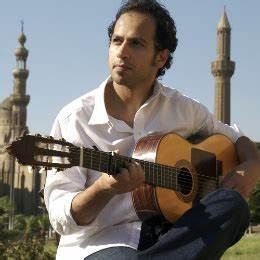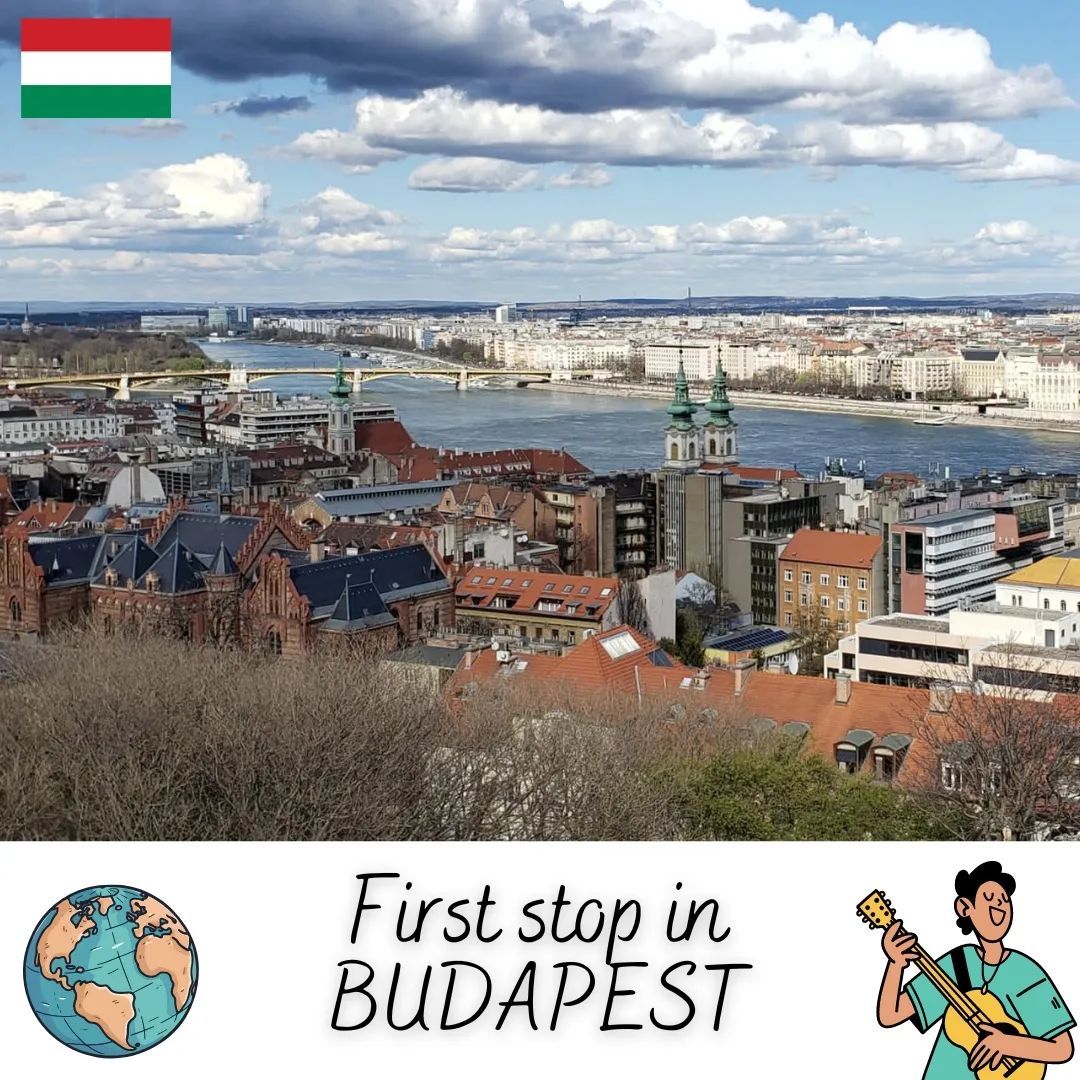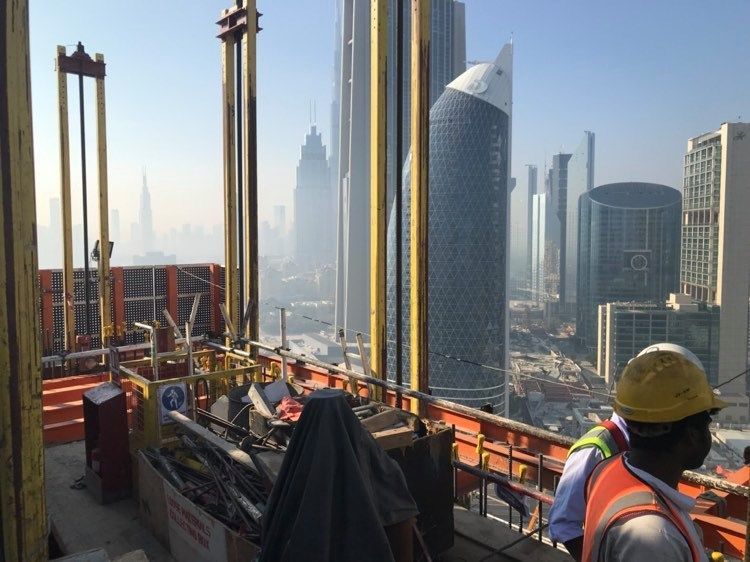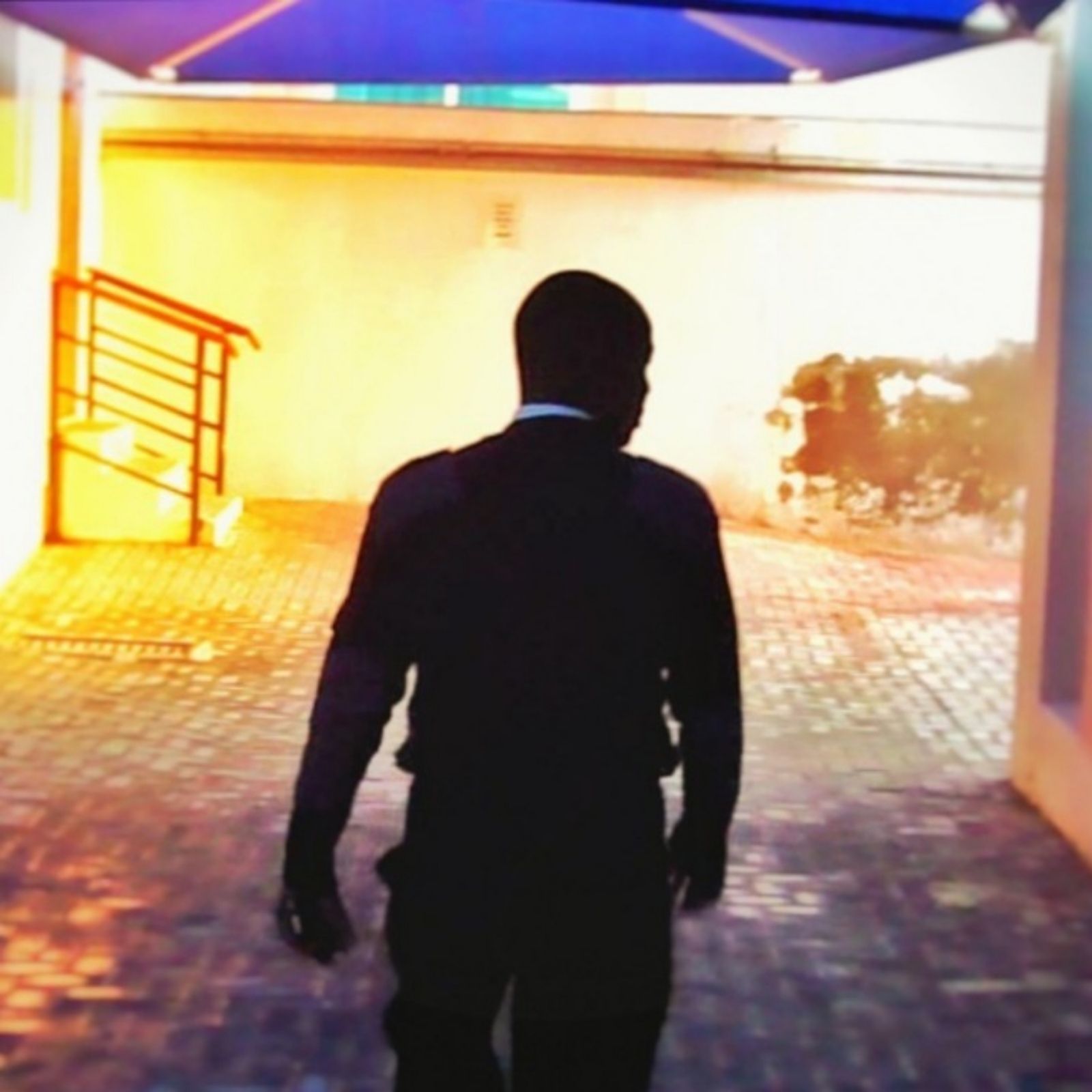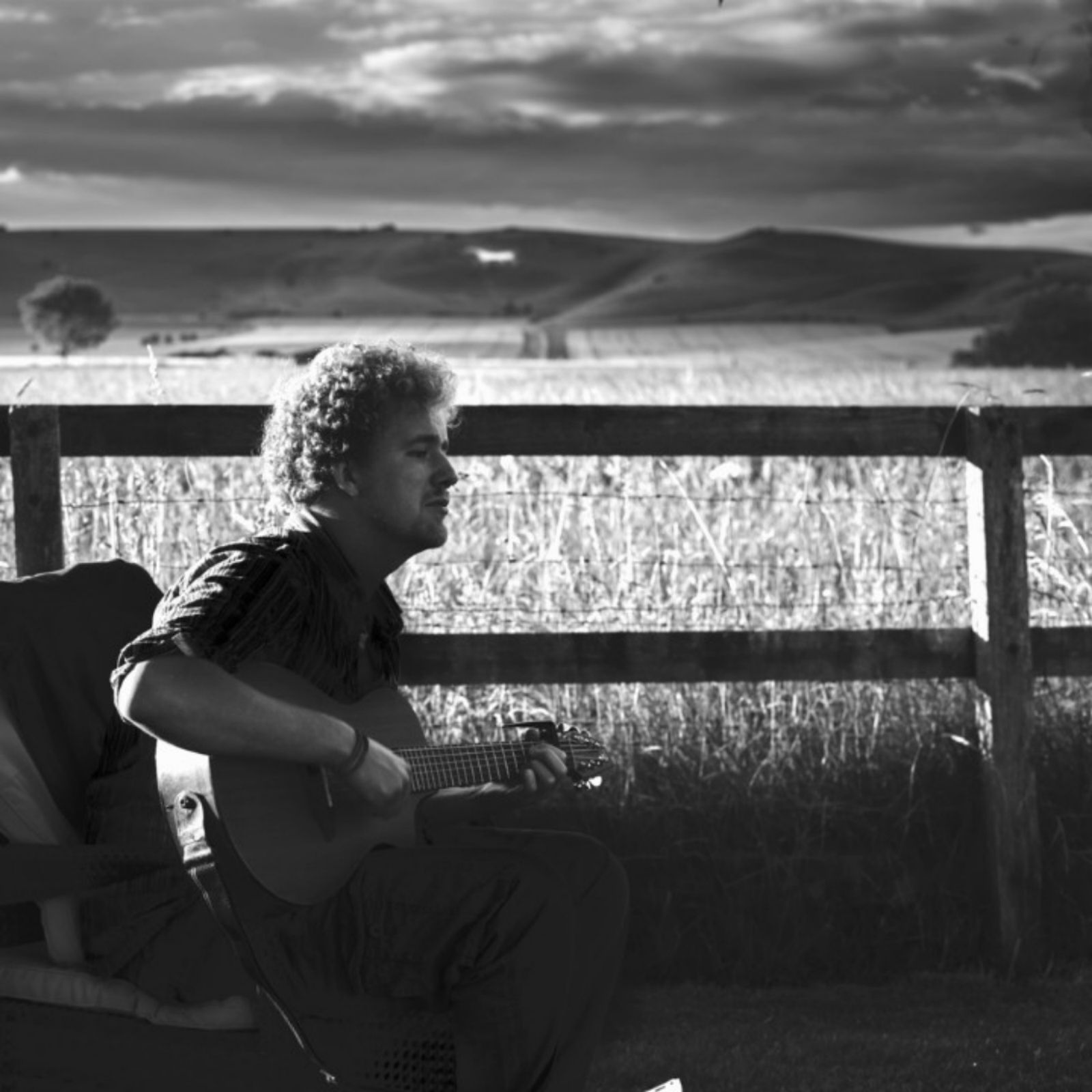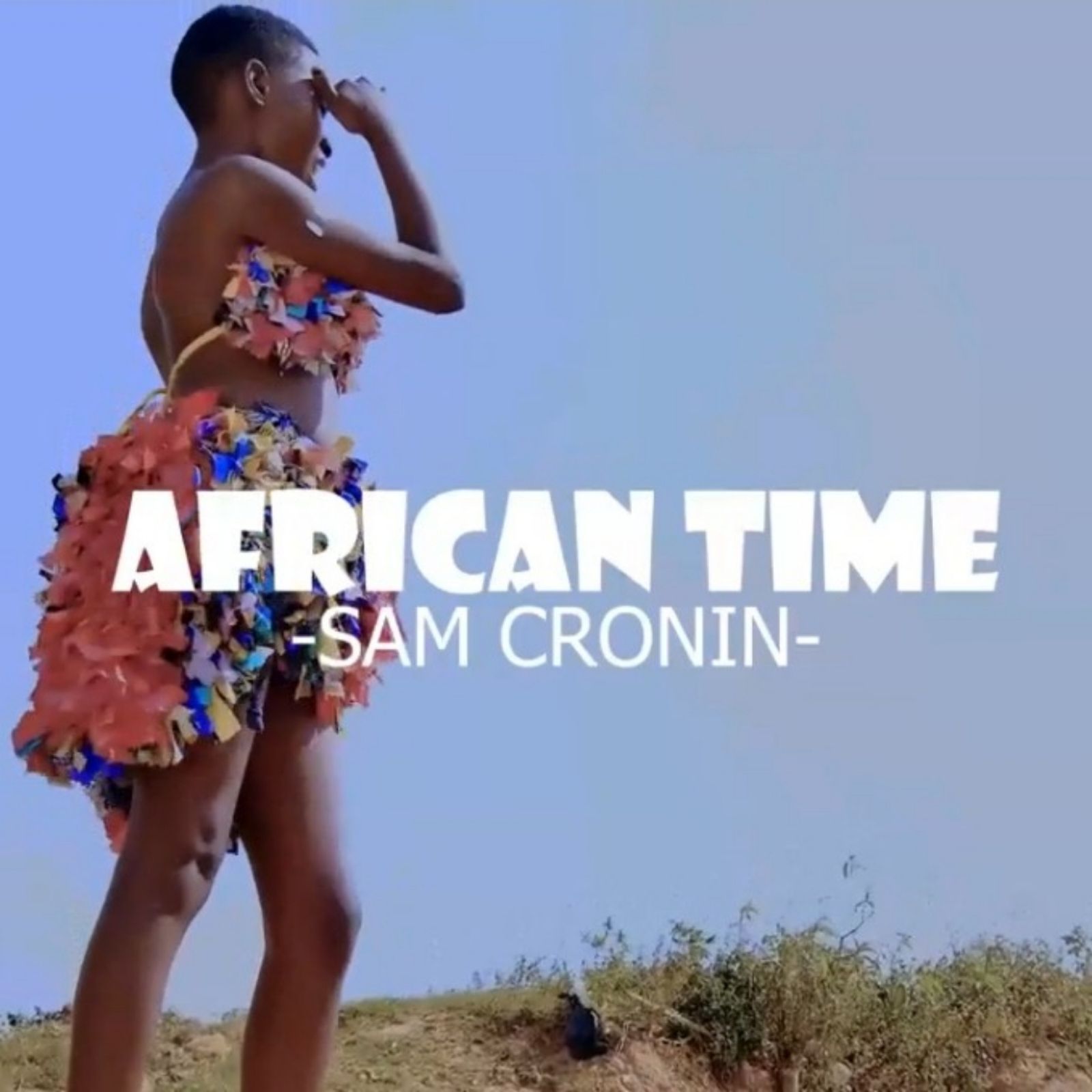Troubadours Tour: The Galician 'gaita'
The region of Galicia on the north-west coast of Spain hosts a perhaps surprising and rich heritage of music traditions, which hold at the forefront a charismatic bagpipe.
Clouded – no doubt – by the vast coverage and international appreciation of the Andalusian art we all know as flamenco, Galicia (“Galiza” in the local language) has traditions going back centuries. With strong ties culturally and musically with the Celtic world, and international links further afield, you can find here an identity that today still shapes the way many Galicians see themselves, and ultimately, express themselves through their music.
Gaita - The sound of Galicia
The gaita (from a Germanic word which gave the English “goat”) is considered “the sound of Galicia” - in Cristina Pato’s words, a foremost international proponent of the instrument and participative member of the Silk Road Project. Essentially, a goat-skin bagpipe played much the same way as a Scottish Highlands bagpipe, with the mouth on the chanter, underarm on the bellows and fingers on the recorder.
The instrument is often associated with the region’s Celtic origins. There is a legend from the 5th Century of the historic figure Breogan and historians have traced the migration of British Celts to the peninsula. To commemorate this link, in A Coruña (a city on the North coast) you can find a “rosa de vientos” (windrose) in respect of the six other Celtic nations.

The Celtic connection though has seen some criticism over the years though, even being called an ‘'invented tradition” concerning llimited evidence. While enjoying this link and its value, chosen more among many over a further connection with the rest of Spain, many would prefer to call Galician heritage and culture a treasure entirely to itself.
Reach and Resonance
The gaita can be seen and heard all over the region, as well as Northern Portugal, where Galician links are still strong with shared history and language; even more it has found celebration among the Latin American diaspora. A bastion of Galician identity, its charming sound and eloquent nuances echo up and across the Atlantic, and year-round at home delighting tourists visiting the famed Catedral de Santiago de Compostela, even shortcoming the ‘peregrinos’ of the Camino de Santiago as they reach their sanctuary.
The provincia of Pontevedra in the south-east holds many heritage events in towns and villages where the instrument can be heard, involving local people of all ages and generations to learn and support this symbol of Galician music. Events can be found regularly in “centro culturals” as well as village gatherings, and during annual festivities in city centres and main streets, such as the February celebration of San Blas.
At these strong community assemblies, the gaita takes stage along with various traditional dance routines, vocal ensembles performing traditional songs, and a menagerie of drums and percussion, particularly “bombo” (bass drum) and “pandeireta” (tambourine).
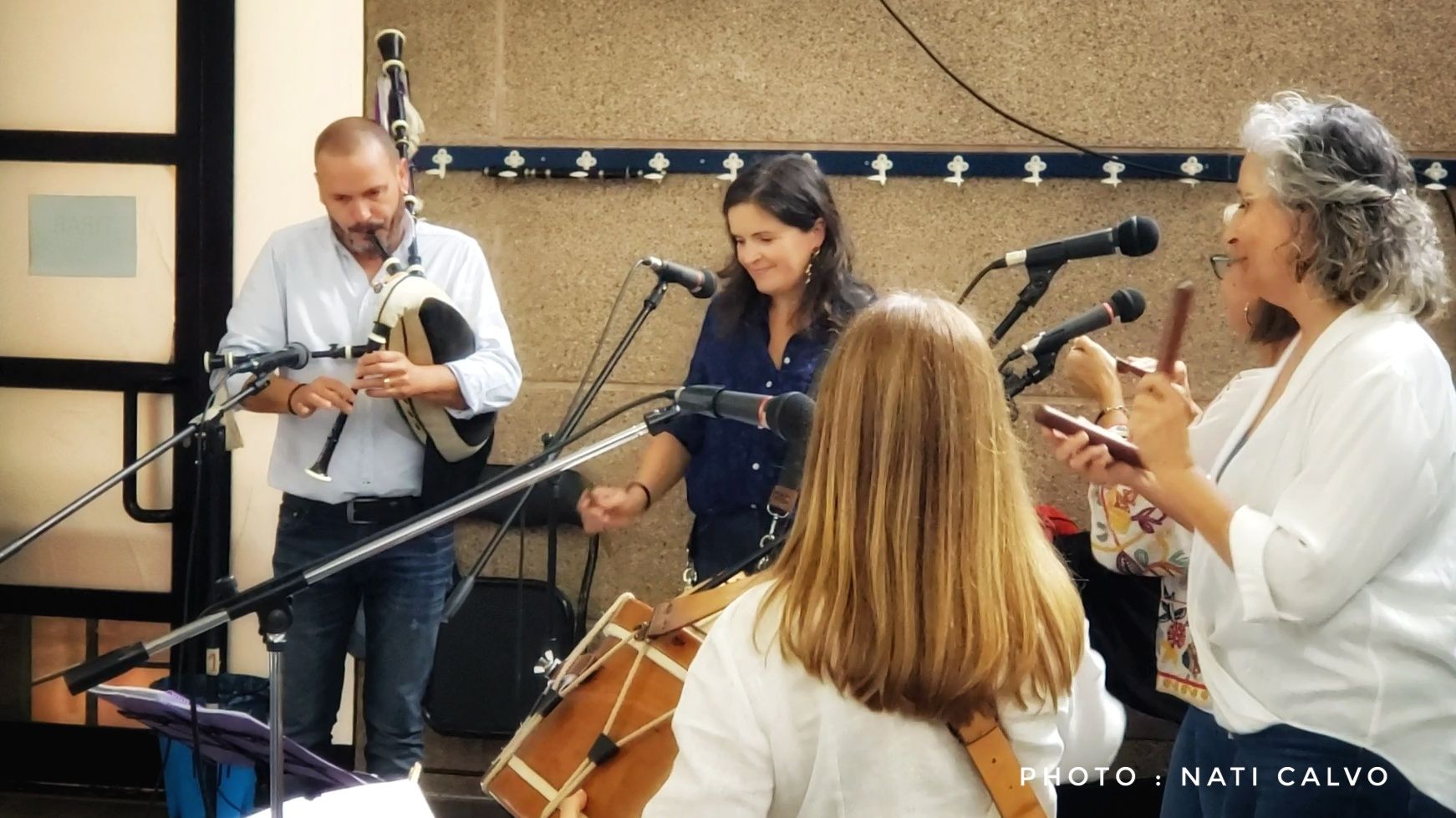
The costume and pomp associated with these events is a grand spectacle as well – the gaita itself is decorated in many different colours and many different designs, and even comes in three tonal varieties, with gaita ensembles playing in harmonies.
The Minority Culture
History shows there has always been conflict between Galicia and the wider Spanish authority, particularly during Spain’s transition to democracy. As with all minority cultures, asserting itself and its values in the face of further centralisation can prove a struggle and a source of discontent. In Galicia, it can be more likely to feel as you were in Ireland – the weather and slow pace of life a main factor - in comparison with the fiesta-driven Anduluces or the more Mediterranean vibe further east.
The gaita and Galician music – albeit to some may be an ignominious symbol of the Galician past – is continued strong and pure by those who acknowledge and appreciate it, with over 50 groups performing year-round in the region, as well as many contemporary Galician musicians reinventing its unique sound. A real wonder for those who wish to experience another side to Spain.
Read and watch more about the 'gaita' on the Troubadours Tour Facebook & Instagram!
Further Reading available with:
Colmeiro, José (2014), "Bagpipes, Bouzoukis and Bodhráns: The Reinvention of Galician Folk Music";
In book: 'A Companion to Galician Culture'. Ed. Miguelez-Carballeira, H. (pp.93-114), Tamesis (London)
de Lucena, Isabel; Cronshaw, Andrew (2018),
'The Rough Guide to World Music: Portugal', Web:
https://www.songlines.co.uk
In proud partnership with


